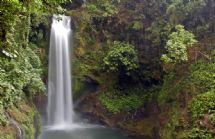Partake in turtle nesting tours
Baby Leatherback Turtle Hatching
When traveling to Costa Rica, tourists will soon discover that protecting the environment is one of the country's top priorities. Whether it is land conservation or protecting some of the country's many endangered species, the locals understand their role in maintaining Costa Rica's exotic beauty from coast to coast.
One of the best ways to experience Costa Rica is through ecotourism, and travelers can do this in a number of different ways, including volunteering and taking tours of local farms, national parks and reserves.
Perhaps no activity will leave a more lasting impact on visitors than turtle nesting tours, which are offered at some of the country's most pristine beaches. Five species and one sub-species of sea turtle make their nests on the Caribbean and Pacific Coasts, where a number of park rangers try to do their part in protecting these remarkable creatures from becoming extinct.
Tortuguero
One location where turtle nesting tours are extremely popular is the northern Caribbean village of Tortuguero (meaning land of the turtles). This area is the largest nesting site for the green sea turtle in the entire Western Hemisphere.
Gandoca Manzanillo
Further south, the Gandoca-Manzanillo Wildlife Refuge is home to four different marine turtle species, including the loggerhead, hawksbill, green and leatherback.
Another of Costa Rica's treasured turtle species, the Olive Ridley, can be found on the North Pacific Coast of the Guanacaste region. The turtles travel here in groups of tens of thousands, called arribadas, to lay their eggs.
When to Do Nesting Tours
When looking to experience turtle nesting tours on the country's Caribbean Coast, the best time to do so is generally between the months of March and October. The period between May and November is the best time to view these turtles on the Pacific Coast of Costa Rica.
Follow Instructions
On these tours, local guides will help you to get an up-close look at the impressive creatures while still giving them their space to nest. Generally, the females come up on shore at night, but bright lights, photography and noises can sometimes frighten the turtles away. For this reason, it is important to follow the specific instructions given by the guide in order to make the experience as rewarding as possible.
Viewing the wildlife should be a top priority for anyone visiting Costa Rica and turtle nesting tours are the perfect way to do this in an environmentally friendly manner.





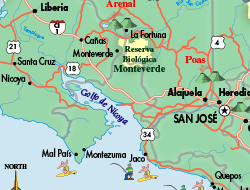
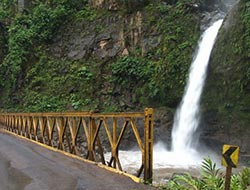
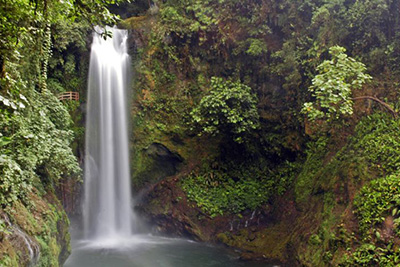

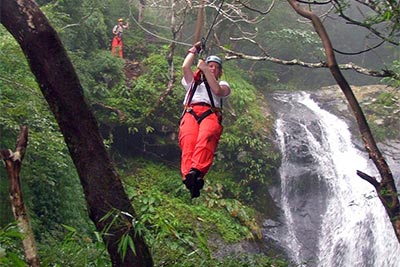
.jpg)

